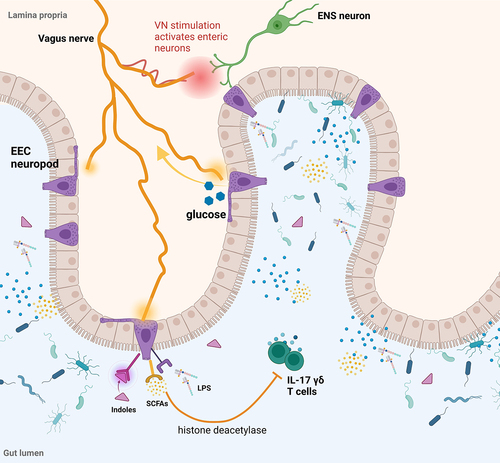Figures & data
Figure 1. The bidirectional communication between the gut and central nervous system is regulated by multiple pathways(BBB = blood brain barrier, CRH = corticotropin-releasing hormone, ACTH = adrenocorticotropic hormone, HPA = hypothalamic-pituitary-adrenal, GABA = gamma-aminobutyric acid, SCFA = short chain fatty acid, 5-HT = 5-hydroxytryptamine). Created in Biorender.com.
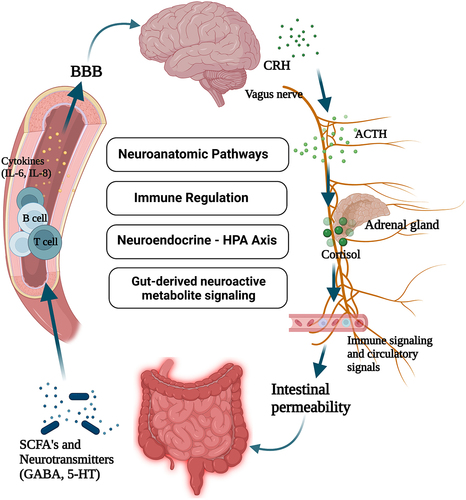
Table 1. Neuroactive metabolites and their effects.
Table 2. Gut microbiota alterations in aging.
Figure 3. Environmental factors causing detrimental alterations in the maternal exposome. Toxin and pollutant exposure, infection during pregnancy, diet and metabolic status, smoking, psychosocial stressors such as low socioeconomic status, major life events, and pregnancy-related stressors, can determine broad changes in the maternal environment, thereby jeopardizing pregnancy outcomes and fetal developmental programming. Created in Biorender.com.
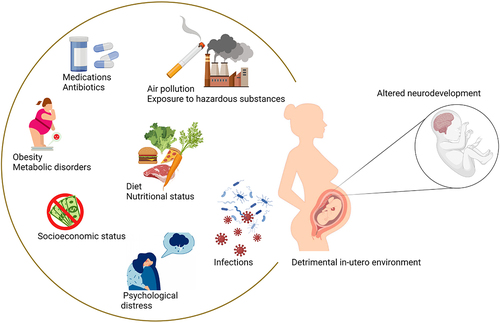
Figure 4. Proposed mechanism for AMA-related fetal programming and increased risk for brain disorders in offspring. AMA-associated gut dysbiosis and increased inflammation may drive abnormal immune activation in both the placenta and the fetal brain, specifically in microglial cells. Therefore, increased brain inflammation could alter neurodevelopment through multiple mechanisms, including epigenetic modifications in neuronal and glial cells. At birth, vertical transmission of a dysbiotic gut microbiome sustains this systemic neuroinflammation in the neonate, jeopardizing postnatal neurodevelopment and adult health. Created in Biorender.com.
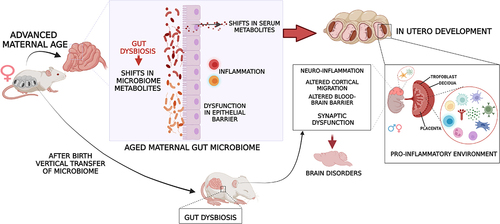
Table 3. Gut microbiota alterations in Parkinson’s disease (PD).
Table 4. Gut microbiota alterations in Alzheimer’s disease (AD).
Table 5. Gut microbiota alterations in stroke.
Figure 5. Major symptoms and features of NDs are accompanied by multiple alterations in specific microbial species, changes which can be consistent or contradictory between the human microbiome and mouse models. Created in Biorender.com.
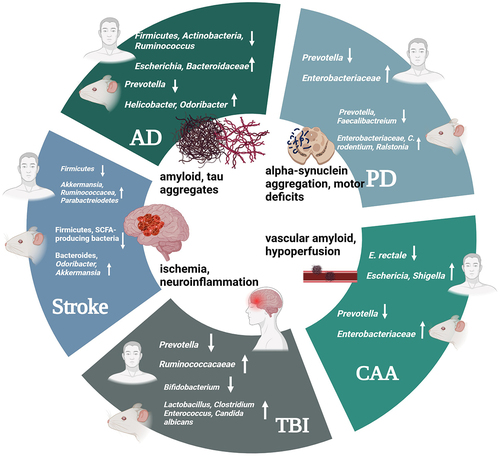
Table 6. Gut microbiota alterations in traumatic brain injury (TBI).
Table 7. Microbiome-targeted treatments for NDs.

